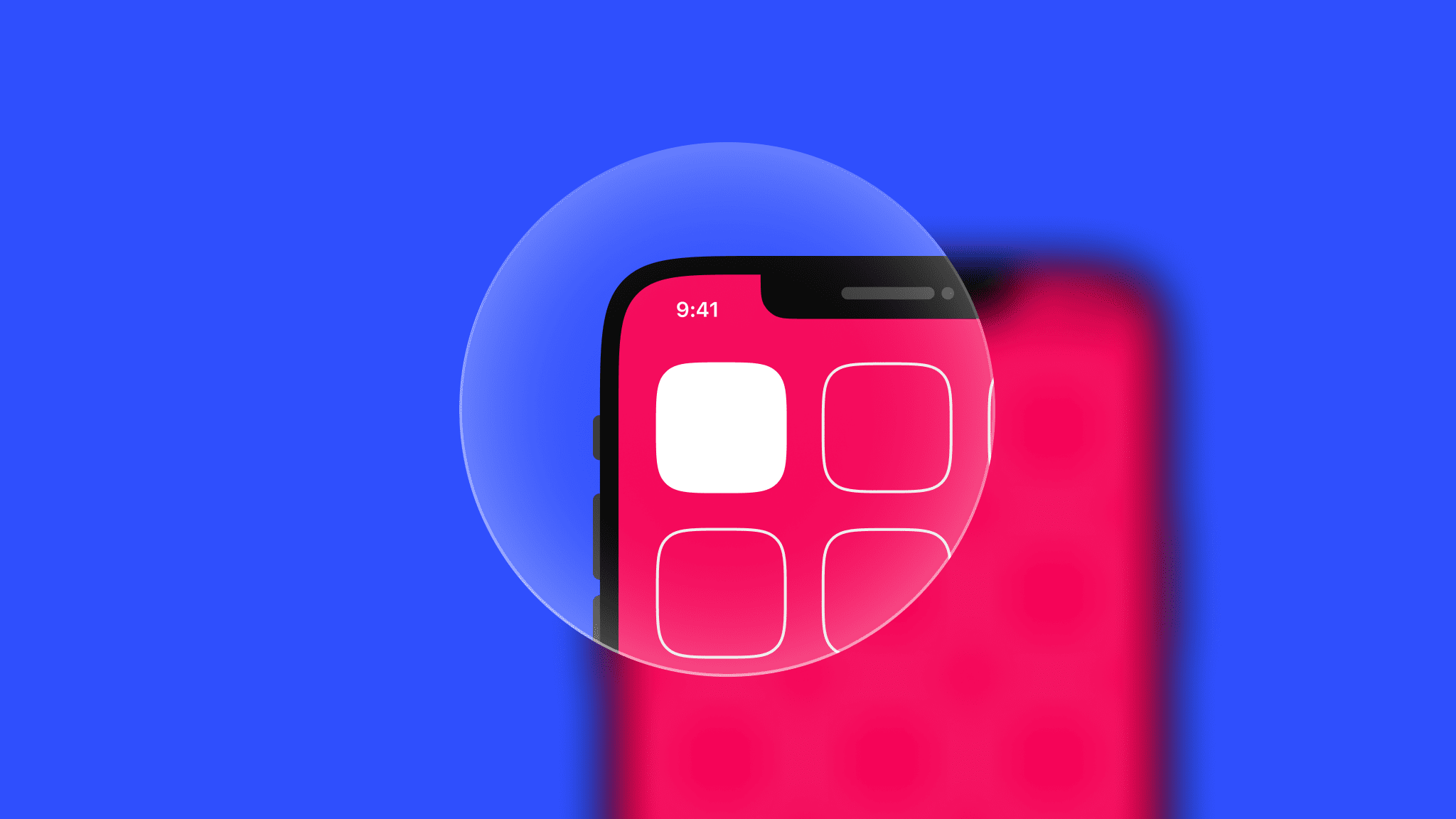What does accessibility mean for the design of mobile applications and sites? What are the options for designers and developers to offer full access to mobile services, regardless of our physical capabilities?

Make the difference by allowing your software to be easily accessible
Availability of information has become one of our basic necessities in the modern world. But do we ask ourselves enough how we can offer full access to information to people with visual, cognitive, motor or hearing disorders? It is impossible nowadays to participate well in society without having the opportunity to receive the required information. More than 50% of the internet traffic in the world is via mobile devices. So the problem of availability of information for mobile services is very important.
Design for everyone
The basic principle for the accessible design of mobile applications is to use common sense and common interest as guidelines. It’s pretty clear that any mobile service is a kind of real-life tool, or follows the real-life pattern. Almost every real-life action by a person with a disability takes much more time and effort than with others. That is why the principle of simplicity, clarity and intuition of the UI / UX design is particularly important.
To test this, you can perform a simple experiment. Imagine a lonely, blind person who dreams of finding his love. A simple desire of a person. Today, love is often found in the cloud, for example via the mobile application Tinder. A nice application, with a simple UI for most people, by swiping left-right, or the modern “she loves me, she doesn’t love me”. Now switch on the Voice-over mode and try to find it. This swipe function does not work. There are also no clear label buttons that can read Voice-over, so it is almost impossible to use the product. While today the same Voice can recognize the photo very well, and describe and read it to the lonely, blind person.
There are good examples of Accessibility. In EU countries, digital products from public authorities and companies must be accessible to all users, regardless of their capabilities. The Dutch Railways app has been designed and developed to meet these requirements. Each label is correctly signed on all application locations. With eyes closed, you can plot and plan a route, hear information about a train, a station, delays, buy a ticket, etc.
Now back to our design principles for everyone. First of all, it is worth noting that four problem areas are mentioned in Accessibility: cognitive, visual, auditory, and motor disorders. These disorders can be permanent (e.g. paralysis) or temporary (e.g. broken arm), congenital, or acquired (impaired vision or shaking of the hand in the elderly).
Accessibility must, first of all, follow the most important principles:
- Simplicity. Your product must be clear even with your eyes closed. This includes the basic principles of any good design – ease of navigation, quick start and response, completeness, and predictable UX.
- Perception. Give priority to the clarity of the product and its user interface (UI). Whether it is about the contrast, the font size, or correctly arranged labels of buttons, tables, and modal elements.
- Responsibility and empathy. Most of us don’t have to see the world through the eyes of a person with a disability. That is why we, as designers and developers of digital solutions and products, must ensure the availability of our information for the maximum audience. Don’t forget to test your applications for Accessibility! Create interfaces that take into account the accessibility of these possible options: dynamic font size, voice-over, improved contrast, etc.
Implementing Accessibility
Implementing Accessibility when designing your applications requires no significant effort. Below are a few basic principles that improve the availability of applications for people with disabilities.
- The simplest and most important step in this is the designation of application controls, images, and the necessary dynamic content by the appropriate tags in the code. The built-in mechanism of VoiceOver and TalkBack can strengthen their meaning. Testing this function does not result in significant costs: testers must check the application in the VoiceOver or TalkBack mode, and ensure that all necessary elements are played and correctly marked. If the application supports multiple localizations, this must be checked for all localizations.
- Use a suitable dynamic font, which is scaled if the user has set the increased font size in the settings. Check that the labels are displayed correctly when the font is enlarged and that the user interface of the application remains in position.
- Test your application with various accessibility options, such as bold font, increased contrast, dark mode, etc. Ensure that the user interface responds correctly to these changes.
All this does not lead to significant additional costs for development or testing. For many professional teams, this is a necessary part of every project.
Conclusion
In the spoken manuals from Google and Apple, the detailed principles of correct Accessibility are clearly described. The most important task of designers and developers is to make technology accessible, right from the start. The more technology is available to more people, the more likely it is to benefit from it all. The more the number of users of the product, the more important the support for disabled users.
For example, at the w3c consortium, the organization behind HTML, there are also many guidelines and tests about Accessibility.






